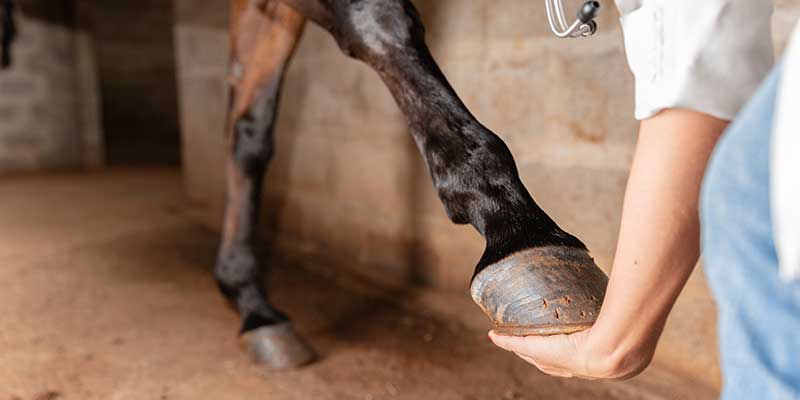Equestrian enthusiasts often ponder: What are saddle pads made of? This is a delightful question for anyone deeply involved in horse riding. Saddle pads are a vital component of the equestrian experience. They serve as a cushion between the saddle and the horse’s back, ensuring comfort and protection for both the rider and the animal. Here’s a detailed dive into the delightful world of saddle pads and their composition.

The Importance of Saddle Pads
Saddle pads are not just an accessory; they are essential for horse care and comfort. Understanding their composition is crucial for making an informed decision when choosing the right pad for your equine companion. In this comprehensive guide, we will explore the different materials used in making saddle pads and their benefits.

Common Materials Used in Saddle Pads
1. Wool
Wool is a traditional material often used in saddle pads. It is highly absorbent, which helps in managing moisture and keeping the horse’s back dry.
2. Fleece
Fleece, whether synthetic or natural, provides excellent cushioning and comfort. Its soft texture is gentle on the horse’s skin.
3. Foam
Foam is another common material that offers great shock absorption, protecting the horse’s back from impacts during riding.
4. Gel
Gel pads are known for their ability to distribute pressure evenly, ensuring a more comfortable ride for the horse.
5. Neoprene
Neoprene is a durable material that can withstand wear and tear, making it an excellent choice for long-term use.

Innovative Technologies in Saddle Pads
1. Memory Foam
Memory foam is increasingly popular in saddle pads due to its ability to conform to the horse’s back, providing custom support.
2. Cooling Gel
Cooling gel technology helps in maintaining an optimal temperature, ensuring that the horse remains comfortable during extended rides.
3. Anti-slip Technology
Anti-slip features ensure that the saddle pad stays in place, providing stability and safety for both rider and horse.

Choosing the Right Saddle Pad
When selecting a saddle pad, consider your horse’s needs, the type of riding you do, and the benefits of each material. For example, if your horse has sensitive skin, a fleece pad may be more suitable. On the other hand, for high-intensity activities, a neoprene or gel pad might be better.
Maintenance and Care
Proper maintenance of saddle pads is crucial for their longevity and effectiveness. Regular cleaning, checking for wear and tear, and ensuring that they are dried properly can extend their lifespan.
Historical Context
The use of saddle pads dates back centuries. Early riders used animal hides and wool to create a barrier between their saddles and their horses’ backs. Over time, the materials and technologies have evolved to provide better comfort and protection.
Sustainable Options
In today’s world, sustainable and eco-friendly options are gaining popularity. Materials such as organic cotton and recycled fibers are being used to create environmentally friendly saddle pads.
Cost vs. Quality
While cost is always a consideration, it’s important not to compromise on quality. Investing in a high-quality saddle pad can prevent long-term health issues for your horse and enhance your riding experience.
Customization
Many manufacturers offer customizable saddle pads, allowing you to choose the material, design, and features that best suit your needs. This ensures that you get a product tailored to your specific requirements.
Expert Opinions
Veterinarians and experienced riders often recommend using a combination of materials to achieve the best results. Consulting with professionals can provide valuable insights into selecting the right saddle pad.
Conclusion
Understanding what saddle pads are made of is essential for any dedicated equestrian enthusiast. The materials used play a significant role in the comfort and health of both horse and rider. By choosing the right saddle pad, you ensure a safe, comfortable, and enjoyable riding experience.
FAQs
1. Why is wool a popular material for saddle pads?
Wool is popular because of its moisture-wicking properties, durability, and natural cushioning, making it comfortable for the horse.
2. Can I use a saddle pad for other types of saddles?
Yes, you can use saddle pads for various saddles, including dressage, jumping, and western saddles. It’s essential to choose the right pad for your specific saddle type.
3. How often should I replace my saddle pad?
The frequency of replacement depends on the material and usage. Regular inspection for wear and tear and proper maintenance can extend the lifespan of your saddle pad.
As an Amazon Associate, I earn from qualifying purchases.